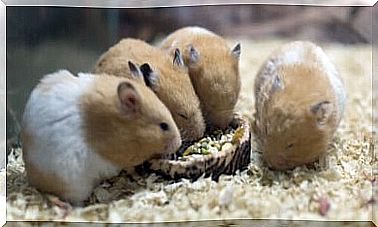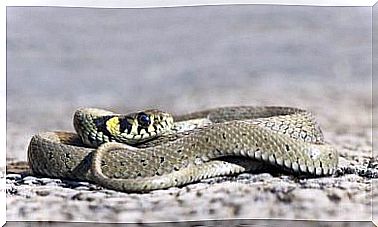4 Glow-in-the-dark Worms
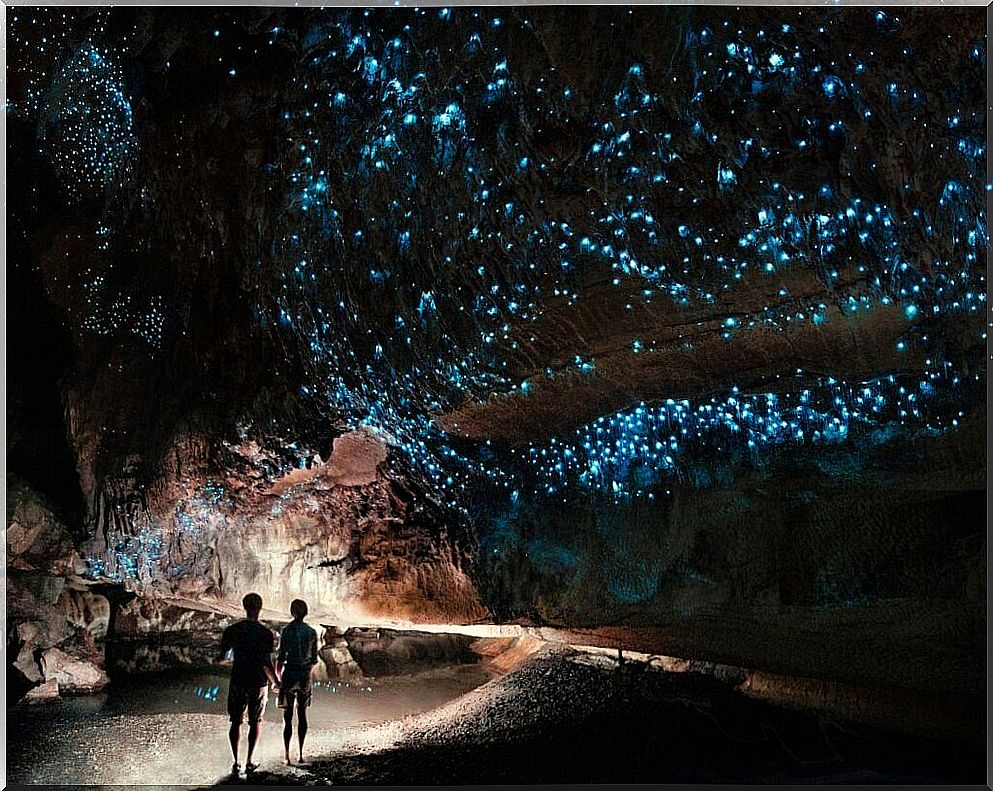
Bioluminescence is a fascinating phenomenon through which living beings are able to produce their own light. This ability is common in many groups of animals whose origins were independent. From sharks to jellyfish or worms, many glow in the dark. In this space, let’s talk about worms.
It is important to make clear that the term ‘worm’ is informal and lacks biological rigor. Within this concept, we include annelids, nematodes, insect larvae and other organisms unrelated to each other, as long as they have a soft and elongated body with diminished or absent legs.
Since these animals may be similar to each other and share the ability to produce light, in this article we will address them together, regardless of their evolutionary relationships. If you want to learn more about them, read on.
1. Larvae of the luminous Arachnocampa insect
The first of the glow-in-the-dark worms is luminous Arachnocampa . This organism is a larva of the fungus flies, small dipterous insects native to New Zealand. In its larval stage, the luminous Arachnocampa species is a thin and elongated worm, which can reach about 3 or 4 centimeters.
During this period, the larvae roam the dark, damp caves in which they live, looking for a suitable place to build their hammocks, which consist of a series of rows hanging from the ceiling, filled with sticky, crystalline-looking droplets.
The larva stays in this structure and emits a bluish light through the abdomen. The light attracts the rest of the cave arthropods, which, characteristically, head towards it. However, arthropods do not see the worm’s sticky net and are trapped. After that, the worm just needs to collect them and devour them.
Although these invertebrates are not related to fireflies, the most famous light insects share the same light production mechanism through luciferin and luciferase. This means that the same chemical reactions evolved several times independently.
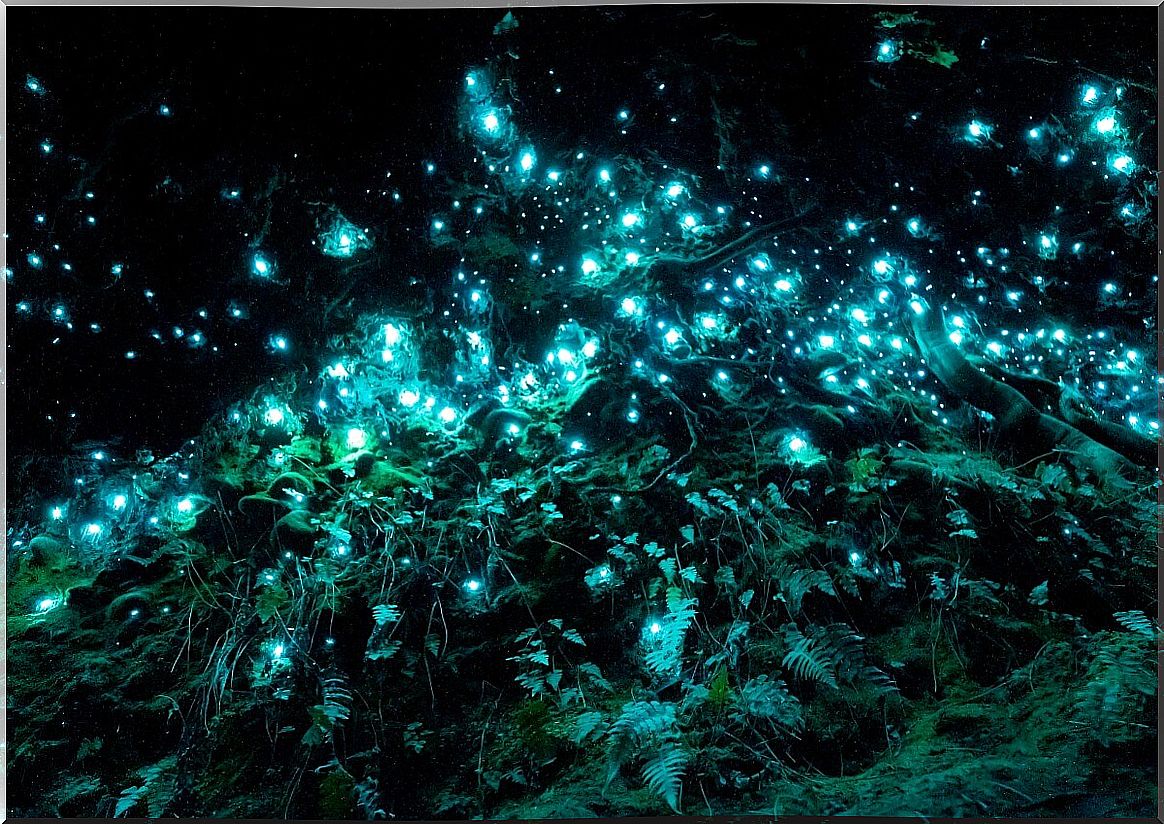
2. Larva of the Phrixothrix hirtus beetle
Again, these worms are actually insect larvae. In this case, not insects are dipterans, but coleoptera (beetles) of the family Phengodidae. These worms are exceptional because they can produce two different types of light. On the one hand, they generate a red light in the head, something unique among beetles.
On the other hand, they have two rows of light points along the sides of the animal’s body. In the species Phrixothrix hirtus these dots produce yellow light, while in the Phrixothrix viveni they emit green colors. No other beetle in the world is capable of producing this variety of colors.
A recent study indicates that these glow-in-the-dark worms produce these very different colors thanks to modifications in their luciferases, enzymes that are an integral part of the light production system.
3. The water worm Odontosyllis enopla
These invertebrates have nothing to do with the previous ones, as they are polychaetes, a group of annelids whose members have a pair of appendages in each of the numerous body segments. These worms are known for their beautiful and fascinating reproductive rituals, in which bioluminescence plays a crucial role.
In coordination with the cycles of the moon, Odontosyllis undergo physiological, anatomical and behavioral changes. These animals transform their appendages to swim better, hypertrophy their four eyes and modify their excretory organs (nephridies) to store gametes.
Between 3 and 5 days after the full moon, 55 minutes after sunset, the females leave their habitat at the bottom of the sea. They swim en masse to the surface, where they adopt a circular path and begin releasing their gametes, along with a mucous substance that emits blue-green light.
Upon seeing this light, males swim vigorously towards it while emitting brief flashes of intermittent light. Upon reaching them, they begin to release their own gametes to allow for external fertilization. This process takes about 10 to 20 minutes and is very regular and predictable. After him, the polychaetes return to the bottom of the sea and resume their previous lives normally.
4. The bomber worm Swima bombiviridis
This last example is very interesting as it shows a different use for bioluminescence. The Swima bombiviridis polychaete , like some of its congeners, has spherical structures close to its head. These formations are similar to simple balloons (filled with liquid) and appear to come from modified gills.
These structures are not for hunting or breeding, but for defense. When these worms face a threat, they are able to separate the spheres of your body, which are sometimes called ‘bombs’. When launched, these bombs explode in a flash of intense light that lasts for a few seconds and then disappears.
This allows the worms to escape predators with the help of their large oar-like appendages. When the bombs run out, the worms can develop them again in no time.
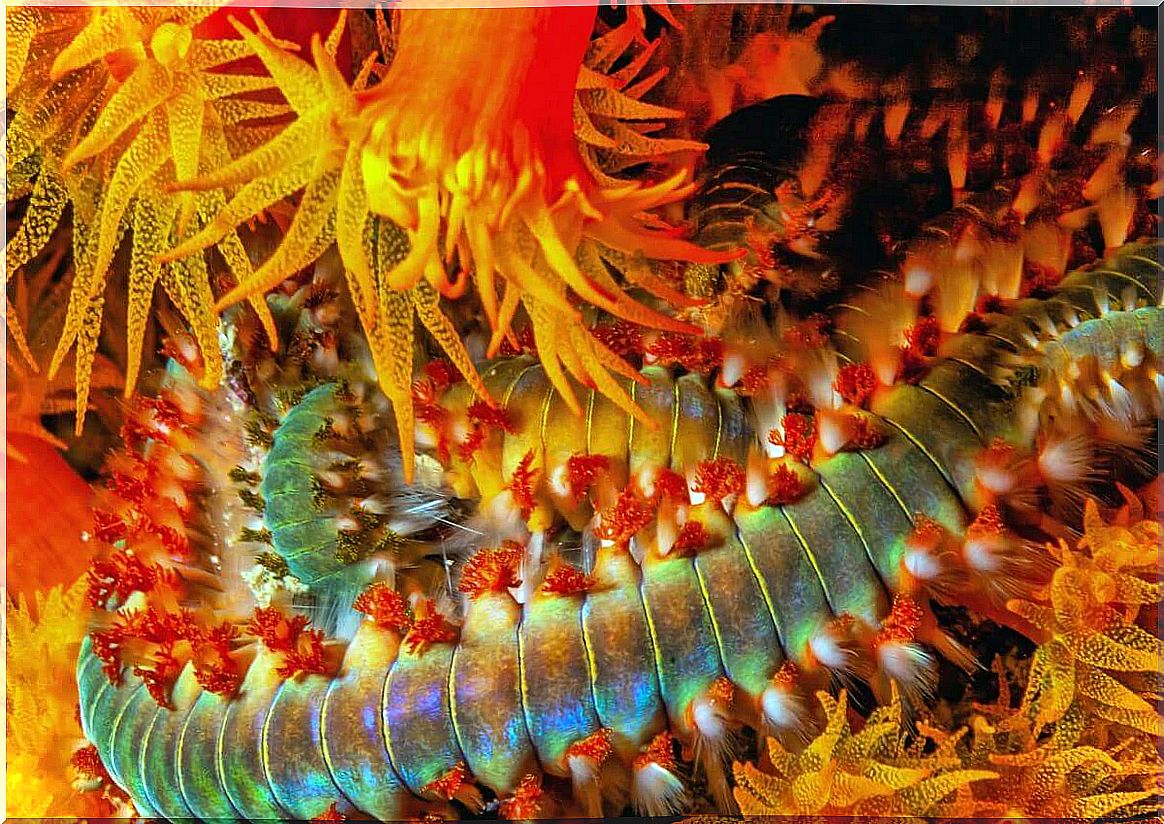
Bioluminescence is a very striking phenomenon. Its study is fascinating and allows discovering molecules with incredible uses in biomedicine. These little glow-in-the-dark worms can save lives, with a little help from modern science.





